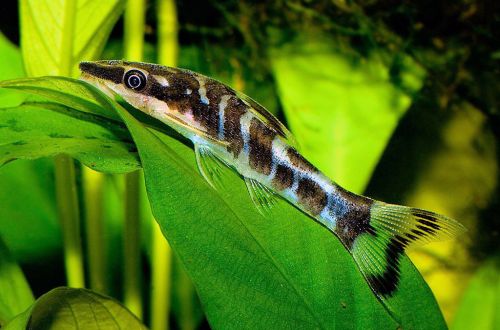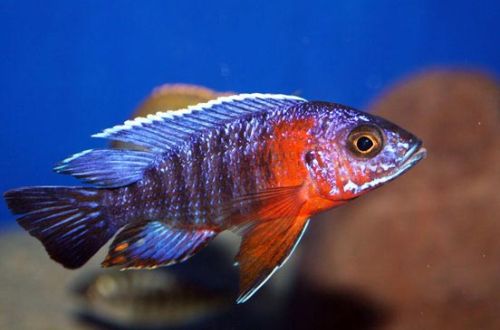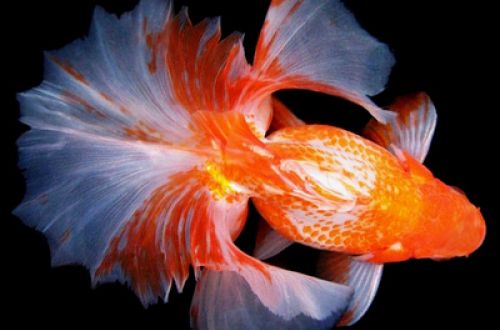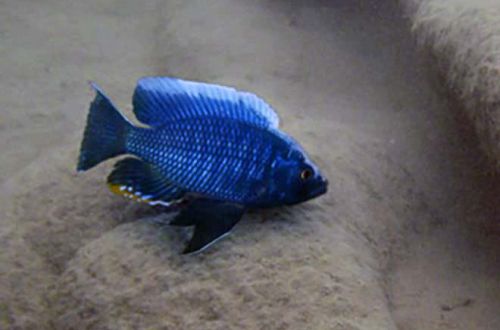
catfish cleaner
Cleaner Catfish, Zebra Otocinclus or Algae Catfish scientific name Otocinclus cocama, belongs to the family Loricariidae (Locardi catfish). It has a rather nondescript color and leads a secretive, unobtrusive lifestyle, so it is unlikely to become an aquarium decoration. Nevertheless, the catfish is still involved in ensuring the aesthetics of the design. Due to its vegetarian diet, it is an excellent biological algae control agent.

Contents
Habitat
It comes from South America from the territory of Peru. Occurs in the basins of the rivers Ucayali (lower course) and Marañon up to the mouth. They live in the main channel of rivers and their tributaries, prefer areas with a slow current. They keep close to the shore among dense aquatic vegetation.
Brief information:
- The volume of the aquarium – from 40 liters.
- Temperature – 21-25°C
- Value pH — 6.0–7.5
- Water hardness – soft (2-10 dGH)
- Substrate type – any
- Lighting – moderate
- Brackish water – no
- Water movement is weak
- The size of the fish is about 4 cm.
- Nutrition – only plant foods
- Temperament – peaceful
- Content in a group of at least 6–8 individuals
Description
Adult females reach a length of about 4.5 cm, males are somewhat smaller and rarely exceed 3.5 cm. Otherwise, sexual dimorphism is poorly expressed, so it is very problematic to determine the sex of fish in a group of different ages. They may be roughly equal. The color is silvery with a large dark pattern. Fins and tail are translucent with black strokes.
Food
Cleaner Catfish is an exceptional vegetarian. Eats plant foods. In the aquarium, he can be offered pieces of vegetables (spinach, zucchini, cucumber, etc.) or special food based on dried algae in the form of sinking flakes or granules. In addition, catfish will eat algae growing on glass, plant leaves and decoration, thereby cleaning their surface. Safe for most ornamental aquatic plants.
Maintenance and care, decoration of the aquarium
The minimum aquarium size for a group of 6-8 fish starts at 40 liters. The design should provide for a lot of shelters, for example, in the form of snags and other decorative elements, as well as areas with dense vegetation. Natural wood objects (roots, branches) will serve not only as a natural decoration, but also as a basis for the growth of algae – an additional source of food.
Otherwise, a very unpretentious species, subject to stable water conditions and regular maintenance of the aquarium (water changes and removal of organic waste).
Behavior and Compatibility
Calm peaceful fish, compatible with other non-aggressive species of similar size. Larger and overly active neighbors will be bad company for such a modest Somik. Preferably content in a group of at least 6-8 individuals.
Fish diseases
The main cause of most diseases is unsuitable living conditions and poor-quality food. If the first symptoms are detected, you should check the water parameters and the presence of high concentrations of hazardous substances (ammonia, nitrites, nitrates, etc.), if necessary, bring the indicators back to normal and only then proceed with treatment. Read more about symptoms and treatments in the Aquarium Fish Diseases section.





